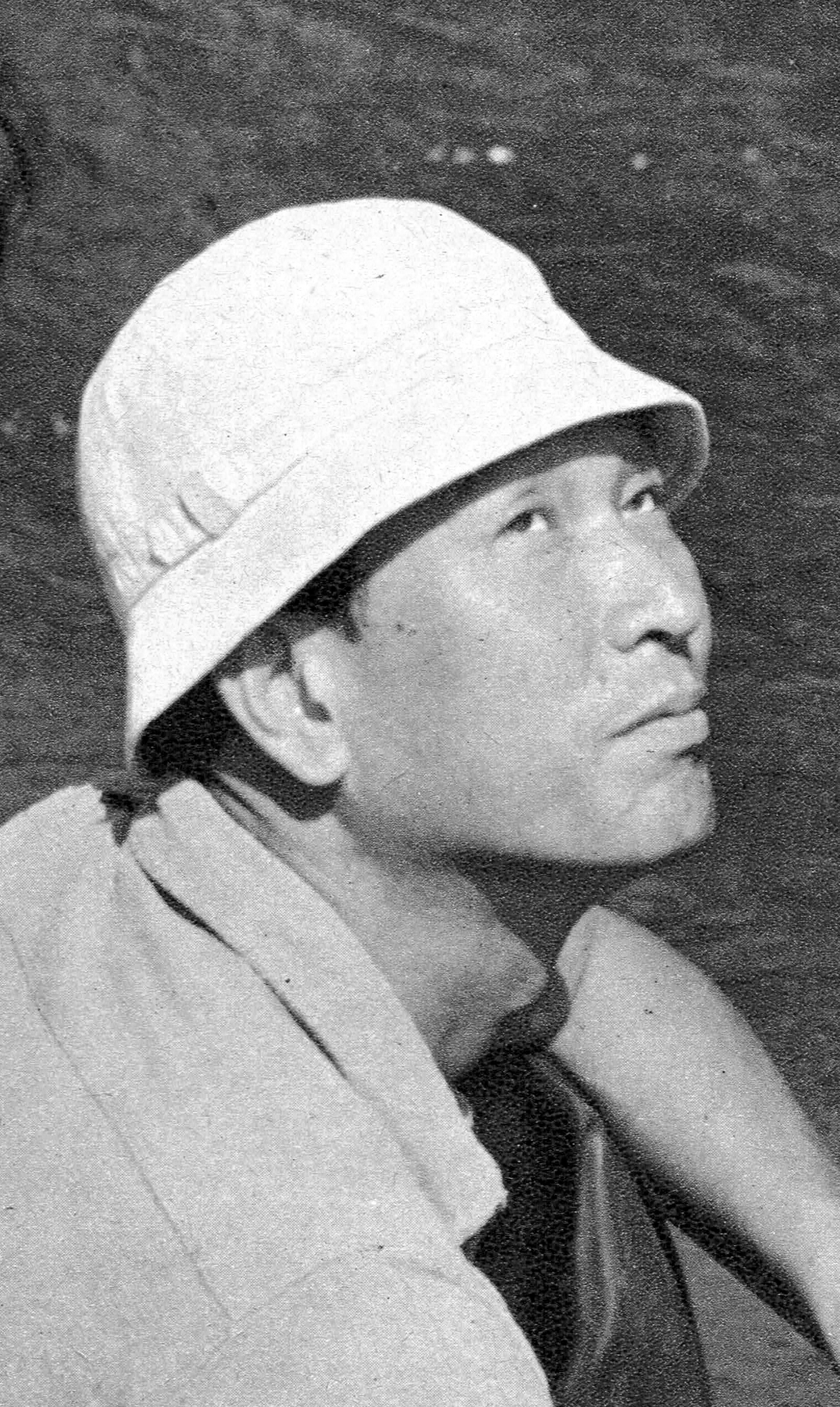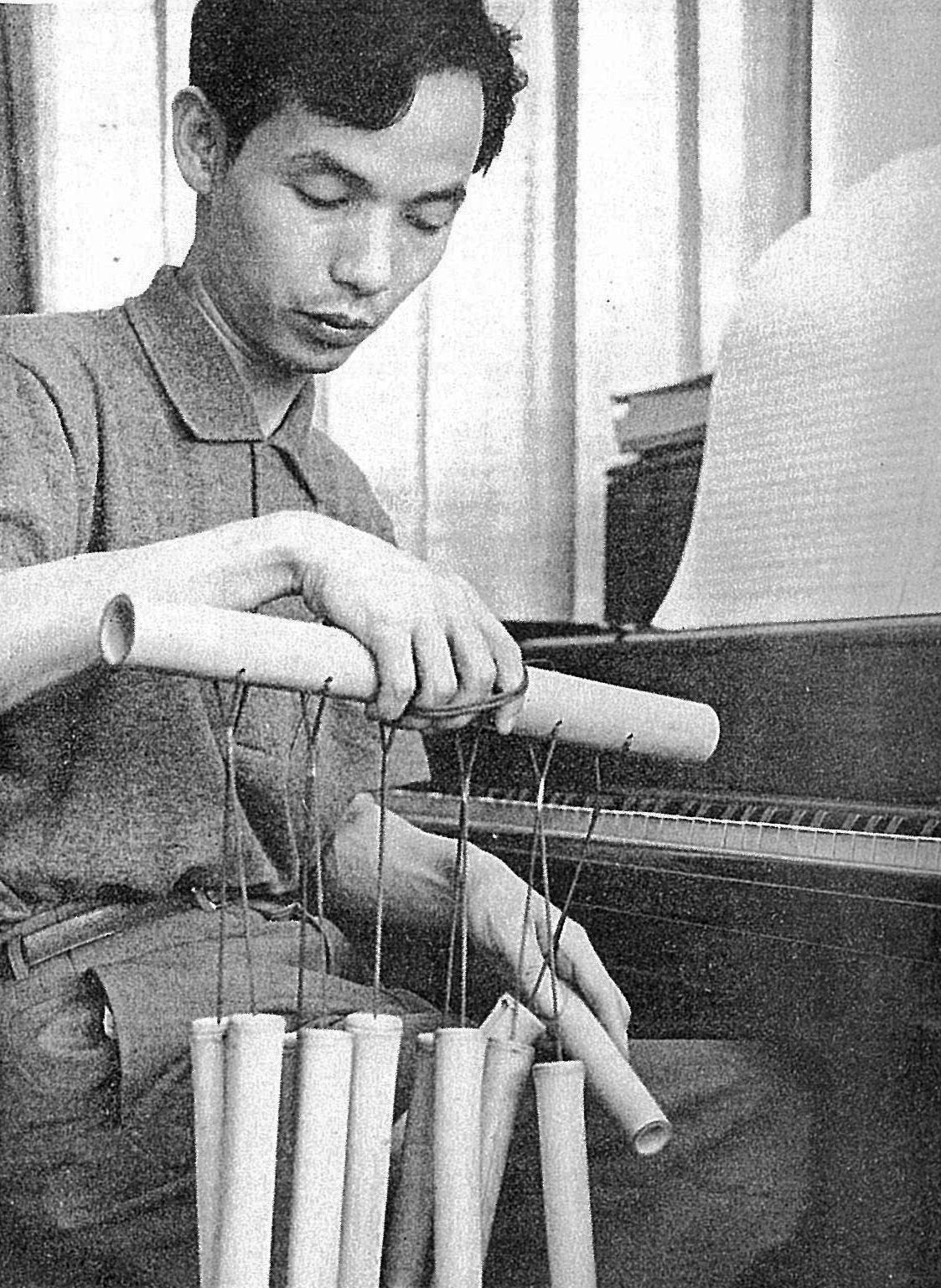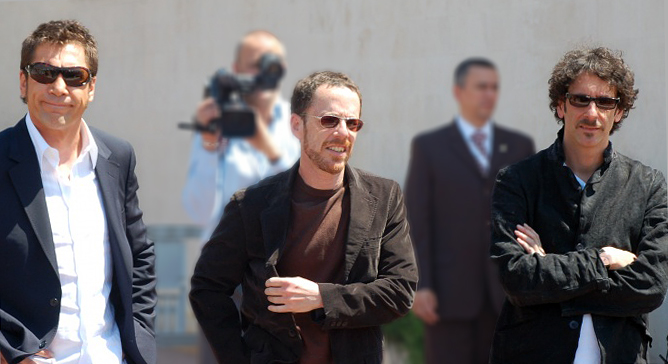|
Filmmaking Technique Of Kurosawa
The legacy of filmmaking technique left by Akira Kurosawa (1910–1998) for subsequent generations of filmmakers has been diverse and of international influence beyond his native Japan. The legacy of influence has ranged from working methods, influence on style, and selection and adaptation of themes in cinema. Kurosawa's working method was oriented toward extensive involvement with numerous aspects of film production. He was also an effective screenwriter who would work in close contact with his writers very early in the production cycle to ensure high quality in the scripts which would be used for his films. Kurosawa's aesthetic visual sense meant that his attention to cinematography and filming was also demanding and often went beyond the attention which directors would normally expect to use with their cameramen. His reputation as an editor of his own films was consistent throughout his lifetime in his insisting on close participation with any other editors involved in the e ... [...More Info...] [...Related Items...] OR: [Wikipedia] [Google] [Baidu] |
Ran (film)
is a 1985 epic historical action drama film directed, co-written, and edited by Akira Kurosawa. The plot derives from William Shakespeare's ''King Lear'' and includes segments based on legends of the ''daimyō'' Mōri Motonari. The film stars Tatsuya Nakadai as Hidetora Ichimonji, an aging '' Sengoku''-period warlord who decides to abdicate as ruler in favor of his three sons. Like most of Kurosawa's work in the 1970s and 80s, ''Ran'' is an international production, in this case a Japanese-French venture produced by Herald Ace, Nippon Herald Films, and Greenwich Film Productions. Production planning went through a long period of preparation. Kurosawa conceived the idea of ''Ran'' in the mid-1970s, when he read about Motonari, who was famous for having three highly loyal sons. Kurosawa devised a plot in which the sons become antagonists of their father. Although the film became heavily inspired by Shakespeare's play ''King Lear'', Kurosawa began using it only after he had sta ... [...More Info...] [...Related Items...] OR: [Wikipedia] [Google] [Baidu] |
Shin'ichirō Ikebe
Shin'ichirō Ikebe ( ''Ikebe Shin'ichirō''; born September 15, 1943, in Mito, Ibaraki) is a Japanese composer of contemporary classical music. Overviews He has written the scores for many films by Akira Kurosawa and other Japanese film directors, including ''Kagemusha'' (1980), '' MacArthur's Children'' (1984), '' Kurosawa's Dreams'' (1990), '' Rhapsody in August'' (1991), '' Madadayo'' (1993), and '' Warm Water Under a Red Bridge'' (2001). Biography He studied composition with Tomojirō Ikenouchi, Akio Yashiro, and Akira Miyoshi at the Tokyo National University of Fine Arts and Music, obtaining a master's degree in 1971. He serves as a professor at the Tokyo College of Music. He had several awards up to 2004, such as Excellence at the Salzburg TV Opera, The Italian Broadcasting Corporation, that is, RAI, The International Emmy Award, the Otaka Award, Broadcasting Culture Award, Yoshio Sagawa incentive Award, Medal with Purple Ribbon. Selected works *Symphony no. 3 *Sy ... [...More Info...] [...Related Items...] OR: [Wikipedia] [Google] [Baidu] |
Tōru Takemitsu
was a Japanese composer and writer on aesthetics and music theory. Largely self-taught, Takemitsu was admired for the subtle manipulation of instrumental and orchestral timbre. He is known for combining elements of oriental and occidental philosophy and for fusing sound with silence and tradition with innovation. He composed several hundred independent works of music, scored more than ninety films and published twenty books. He was also a founding member of the Jikken Kōbō (Experimental Workshop) in Japan, a group of avant-garde artists who distanced themselves from academia and whose collaborative work is often regarded among the most influential of the 20th century. His 1957 ''Requiem'' for string orchestra attracted international attention, led to several commissions from across the world and established his reputation as the leading 20th-century Japanese composer. He was the recipient of #Awards and honours, numerous awards and honours and the Toru Takemitsu Composition ... [...More Info...] [...Related Items...] OR: [Wikipedia] [Google] [Baidu] |
Masaru Sato
(sometimes transliterated Satoh) was a Japanese composer of film scores. Following the 1955 death of Fumio Hayasaka, whom Sato studied under, Sato was the composer of Akira Kurosawa's films for the next 10 years. He was nominated for Best Music at the 15th Japan Academy Prize in 1992. In 1999, the Japanese government decorated Sato with the Order of the Rising Sun, 4th Class, Gold Rays with Rosette for his contributions to the arts. Career He was born in Rumoi, Hokkaido, and raised in Sapporo. While studying at the National Music Academy, Sato came under the influence of Fumio Hayasaka, Akira Kurosawa's regular composer for his earlier films. He became a pupil of Hayasaka's, studying film scoring with him at Toho Studios, and working on the orchestration of '' Seven Samurai'' (1954). When the older composer died suddenly in 1955, leaving the scores to Kenji Mizoguchi's '' New Tales of the Taira Clan'', and Kurosawa's '' I Live in Fear'' incomplete, Toho assigned Sato to fini ... [...More Info...] [...Related Items...] OR: [Wikipedia] [Google] [Baidu] |
Fumio Hayasaka
was a Japanese composer of classical music and film scores. Early life Hayasaka was born in the city of Sendai on the main Japanese island of Honshū. In 1918, Hayasaka and his family moved to Sapporo on the northern island of Hokkaidō. In 1933, Hayasaka and Akira Ifukube organized the New Music League, which held a new music festival the year after. Hayasaka won a number of prizes for his early concert works; in 1935, his piece ''Futatsu no sanka e no zensōkyoku'' won first prize in a radio competition, and another concert piece, ''Kodai no bukyoku'', won the 1938 Weingartner Prize. Other early works include a ''Nocturne'' (1936) for piano and the orchestral ''Ancient Dance'' (1938). In 1939, Hayasaka moved to Tokyo to begin a career as film composer. By early 1940, Hayasaka was seen as "a major composer for Japanese Cinema". Post-War film music After the war, Hayasaka continued working on films, quickly winning recognition for his abilities. In 1946, he received ... [...More Info...] [...Related Items...] OR: [Wikipedia] [Google] [Baidu] |
IMDb
IMDb, historically known as the Internet Movie Database, is an online database of information related to films, television series, podcasts, home videos, video games, and streaming content online – including cast, production crew and biographies, plot summaries, trivia, ratings, and fan and critical reviews. IMDb began as a fan-operated movie database on the Usenet group "rec.arts.movies" in 1990, and moved to the Web in 1993. Since 1998, it has been owned and operated by IMDb.com, Inc., a subsidiary of Amazon. The site's message boards were disabled in February 2017. , IMDb was the 51st most visited website on the Internet, as ranked by Semrush. the database contained some million titles (including television episodes), million person records, and 83 million registered users. Features User profile pages show a user's registration date and, optionally, their personal ratings of titles. Since 2015, "badges" can be added showing a count of contributions. These badges rang ... [...More Info...] [...Related Items...] OR: [Wikipedia] [Google] [Baidu] |
Making Of Throne Of Blood Scan10020-1
{{Short pages monitor ... [...More Info...] [...Related Items...] OR: [Wikipedia] [Google] [Baidu] |
Yojimbo
is a 1961 Japanese samurai film directed by Akira Kurosawa, who also co-wrote the screenplay and was one of the producers. The film stars Toshiro Mifune, Tatsuya Nakadai, Yoko Tsukasa, Isuzu Yamada, Daisuke Katō, Takashi Shimura, Kamatari Fujiwara, and Atsushi Watanabe. In the film, a ''rōnin'' arrives in a small town where competing crime lords fight for supremacy. The two bosses each try to hire the newcomer as a bodyguard. Based on the success of ''Yojimbo'', Kurosawa's next film, '' Sanjuro'' (1962), was altered to incorporate the lead character of this film. In both films, the character wears a rather dilapidated dark kimono bearing the same family ''mon''. The film was released and produced by Toho on April 25, 1961. ''Yojimbo'' received highly positive reviews, and, over the years, became widely regarded as one of the best films by Kurosawa and one of the greatest films ever made. The film grossed an estimated US$2.5 million worldwide with a budget of ¥90.87 ... [...More Info...] [...Related Items...] OR: [Wikipedia] [Google] [Baidu] |
Teruyo Nogami
is a Japanese film script supervisor and author. She is best known for her work on many of Akira Kurosawa's films, a partnership that began in 1950. Life and career Nogami was born in Tokyo as the daughter of Iwao Nogami, a scholar of German literature and professor at Kobe University after the war. In 1943, she graduated from the Metropolitan Girls' School of Home Economics. She entered the library training school. In 1944, she graduated from the Library Training Institute, and took up a position at the former Yamaguchi High School Library in Yamaguchi Prefecture. After the war she returned to Tokyo and in 1946 she joined the ''People's Daily'' and in 1947 she joined Yakumo Shoten. When she was a student circa 1941, she saw Mansaku Itami's ''Akanishi Kakita'' (1936) and wrote a fan letter to him. She became pen pals with the director. After Itami's death, Nogami became an apprentice script supervisor at Daiei's Kyoto Studio in 1949. She began her career as a script supervis ... [...More Info...] [...Related Items...] OR: [Wikipedia] [Google] [Baidu] |
Toho
is a Japanese entertainment company that primarily engages in producing and distributing films and exhibiting stage plays. It is headquartered in Chiyoda, Tokyo, and is one of the core companies of the Osaka-based Hankyu Hanshin Toho Group. Toho is best known for producing and distributing many of Ishirō Honda and Eiji Tsuburaya's ''kaiju'' and ''tokusatsu'' films as well as the films of Akira Kurosawa and the anime of Studio Ghibli, Shin-Ei Animation, TMS Entertainment, CoMix Wave Films, and OLM, Inc. The company has released the majority of the highest-grossing Japanese films, and through its subsidiaries, is the largest film importer in Japan. The Doraemon film series, distributed by Toho since 1980, is the highest-grossing film series and anime film series in Japan. It is also one of the highest-grossing non-English language film series. Toho Company Limited logo with full name in native language Toho's most famous creation is Godzilla, featured in 33 of the c ... [...More Info...] [...Related Items...] OR: [Wikipedia] [Google] [Baidu] |
Coen Brothers
Joel Coen and Ethan Coen, together known as the Coen brothers (), are an American filmmaking duo. Their films span many genres and styles, which they frequently subvert or parody. Among their most acclaimed works are '' Blood Simple'' (1984), '' Raising Arizona'' (1987), '' Miller's Crossing'' (1990), '' Barton Fink'' (1991), '' Fargo'' (1996), '' The Big Lebowski'' (1998), '' O Brother, Where Art Thou?'' (2000), '' No Country for Old Men'' (2007), '' A Serious Man'' (2009), '' True Grit'' (2010) and '' Inside Llewyn Davis'' (2013). The brothers generally write, direct and produce their films jointly, although due to DGA regulations, Joel received sole directing credit while Ethan received sole production credit until '' The Ladykillers'' (2004), from which point on they would be credited together as directors and producers; they also shared editing credits under the alias Roderick Jaynes. The duo started directing separately in the 2020s, resulting in Joel's '' The Traged ... [...More Info...] [...Related Items...] OR: [Wikipedia] [Google] [Baidu] |


